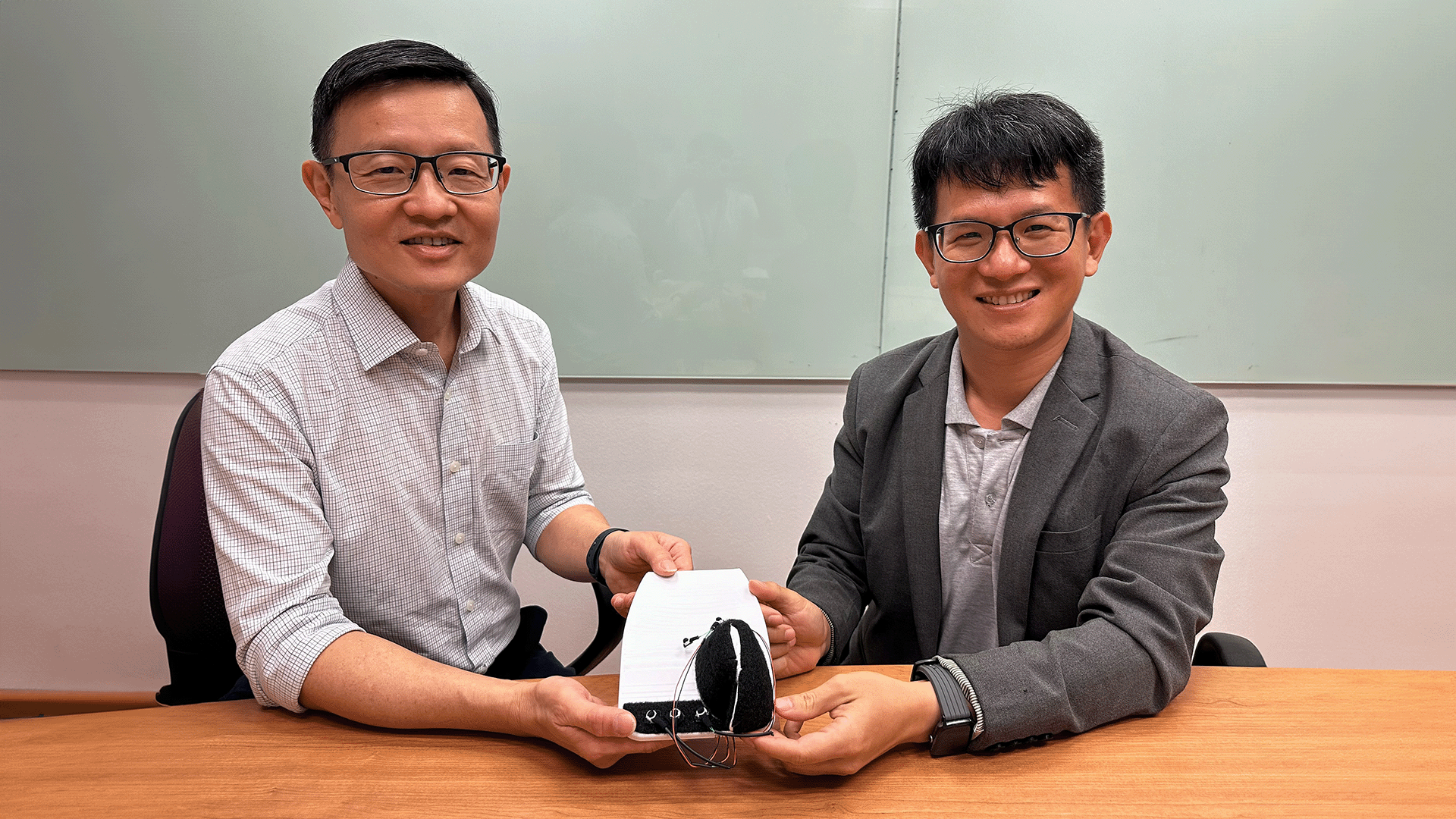
A new assistive device jointly developed by researchers at CDE could offer significant strides towards improving the lives of individuals battling muscular dystrophy.
Named the "FUNction Device" it aims to empower those affected by the condition to use smartphones and tablets, even in the advanced stages of the disease.
The device has been jointly developed by a team from CDE and the NUS Institute for Health Innovation & Technology (iHealthtech), led by Professor Lim Chwee Teck (Biomedical Engineering and Director of iHealthtech). Funding was provided by the Enabling Lives Initiative Grant from SG Enable.
Muscular dystrophy, a condition characterised by genetic mutations hindering the production of essential proteins for healthy muscle formation, leads to progressive weakness and muscle mass loss. As everyday activities become increasingly challenging for patients, the absence of a cure necessitates continuous adaptation to the deteriorating condition.

Researchers say the FUNction Device the prototype has undergone rigorous testing and research involving patients, caregivers, physiotherapists, and medical professionals. With its soft, thin, and stretchable sensor technology, it translates minute finger movements into software controls, allowing users to interact with smartphones and tablets seamlessly, even in advanced stages of muscular dystrophy.
'Adaptable interface'
Prof Lim emphasised the device's adaptability and user-friendly design.
“Current assistive devices – such as touch-screen keyboards, glidepads and the computer mouse – require a considerable amount of strength in wrists, hands and fingers to be used,” he said. “These devices lose their usefulness in the later stages of muscular dystrophy. Therefore, the objective of the FUNction Device is to provide an adaptable interface that can be activated by miniscule finger movements for various computer functions.”
In addition to assisting with daily tasks, the device can be used for rehabilitation exercises to maintain functional strength.
"We also intend to build gaming software to motivate the user to perform exercises to monitor their functional strength," Prof Lim added.
Currently undergoing testing with seven patients, the research team plans to recruit an additional 20 individuals to further refine the technology before its commercialisation.
Future plans include adapting the device for individuals with other neuromuscular disorders and neurological disabilities, showcasing the potential for broader positive impacts beyond muscular dystrophy patients.





